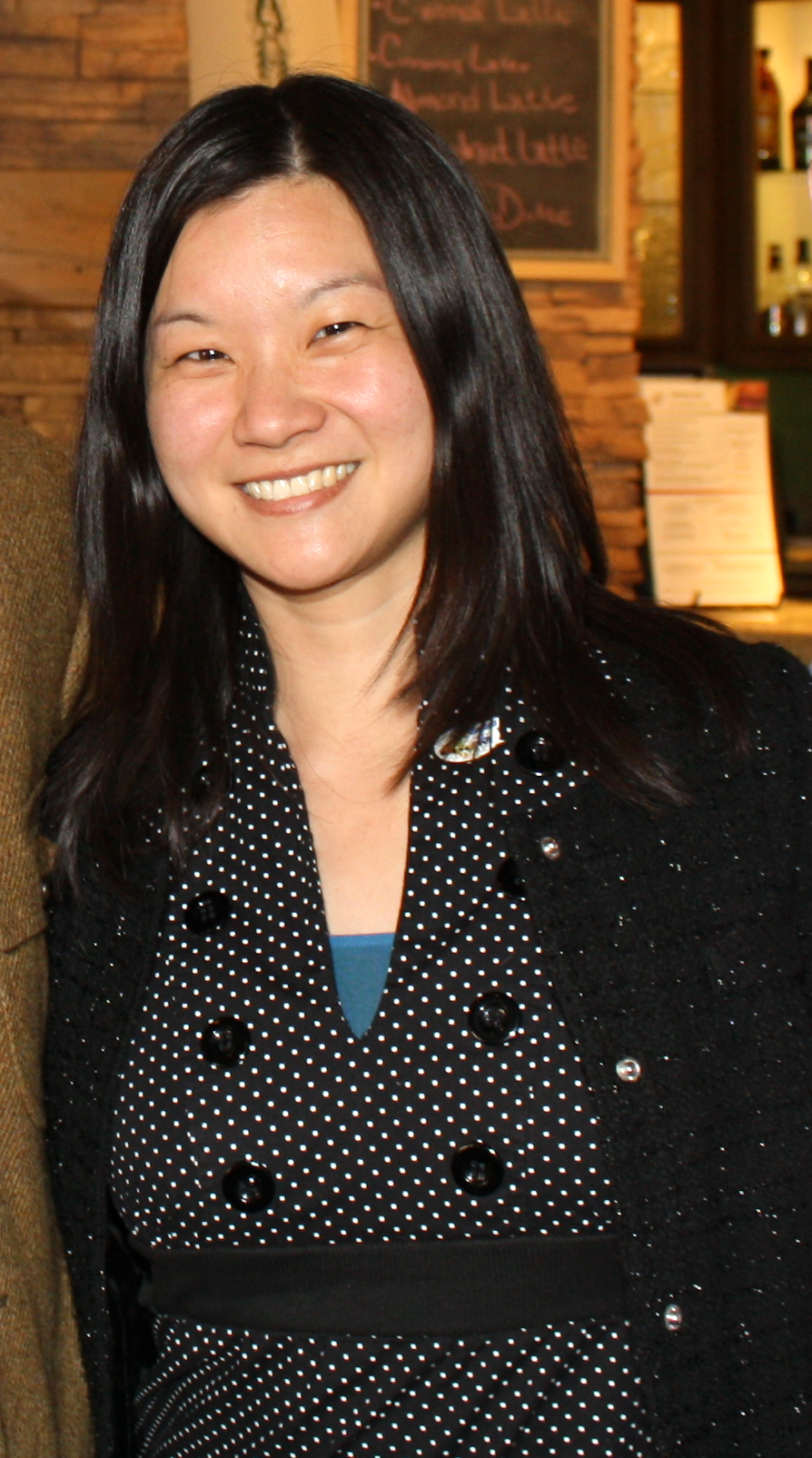Wednesday April 24, 2019, from 12:30 - 1:30 pm in the Student Services Building Room 120 (SSB120).
Snacks and beverages will be provided during the seminar. Please, bring your own mug to reduce waste.
Of microscopes and satellites: engineering innovations to improve water quality and ecosystem monitoring for sustainable water and coastal resource management
Abstract
Having one true calling is pretty rare. In this seminar, I will discuss a diverse set of research and professional experiences and I’ve worked to leverage these experiences into a career that is meaningful and intellectually rewarding. These will cover three chapters: first, I discuss some field and experimental work done to address issues in current methods for assessing water quality (for either recreational or drinking water purposes). Standard approaches typically take up to 24 hours between sample collection and when the analysis of the results are ready, with this delay representing a significant detriment to public health and resources. When a sample is in exceedance of a water quality health standard, public health officials are required to take protective actions, such as shutting down or closing a beach, limiting drinking water intakes, or taking treatment measures. We developed a highly specific and field portable methodology for rapid quantification of pathogens and pathogen indicators and applied it across freshwater to marine systems. In the second chapter, I move to Washington DC to join the American Association for the Advancement of Science (AAAS) Science and Technology Policy Fellows program where I work at NASA Headquarters in the Earth Science Division and Applied Sciences Program. Here, I experience a different side of STEM – in which policy, politics, timing, and messaging govern how science policy and policy for science are implemented. Lastly, I will discuss my current chapter, where I’ve worked to hybridize my experiences in a way that allows me to see impacts of my work across difference scales. With respect to research, we are currently investigating applied research methodologies to improve water quality monitoring and management through the lens of remote sensing. California’s water supply and conveyance is a complex network of aqueducts, levees and channels, with both natural and built infrastructure playing a critical role. Overlaid on top of this are arguably even more complex issues of water rights and water needs, with California’s water supply supporting a 50B dollar agricultural industry with exports all over the world. The State Water Project (managed by CA DWR) also has to provide drinking water to over 35 million people. Remote sensing is one of the platforms by which we can gain a more equitable view of our available resources and work towards sustainable management. In our California-focused project, we are partnering with Metropolitan Water District, CA DWR, and others to increase utility of remote sensing products for resource management while concurrently advancing understanding of regional drivers of water quality issues.
Bio

Christine joined the Science Applications and Data Interactions group at the NASA Jet Propulsion Laboratory in 2014 after a 2-year term at NASA Headquarters in Washington, D.C as an AAAS Science and Technology Policy Fellow. Her professional interests include working to improve the utility of remote sensing for water quality monitoring through conducting applied research and developing partnerships within the water resources/water quality management practitioners community. Christine is also an Associate Program Manager for the NASA Applied Sciences Water Resources program. Christine has a Ph.D. in Civil and Environmental Engineering from UCLA studying coastal water quality issues and developing rapid, viability-based detection methods for monitoring water quality.



